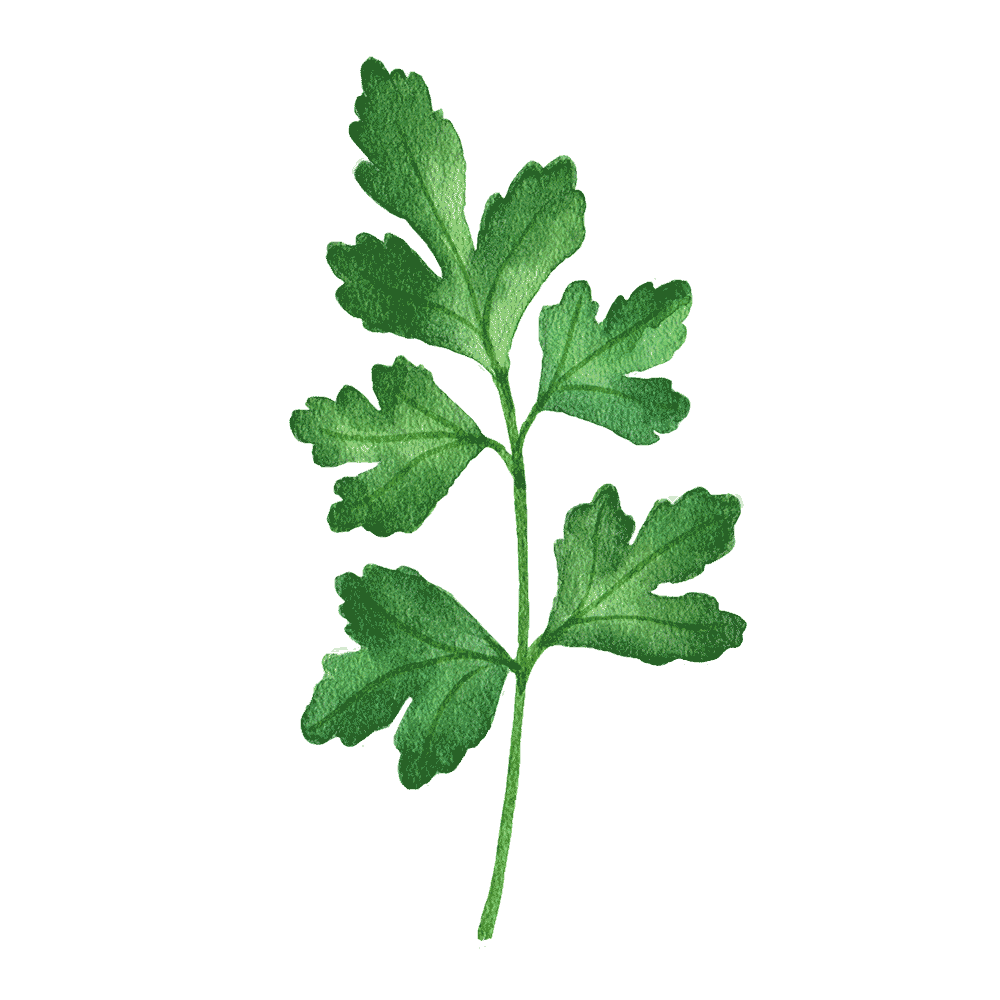

Start Your Garden the Easy Way
Get growing with 10 foolproof seed varieties, a 120-page gardening guide, planting plans, and step-by-step video lessons—all designed to help you succeed. The Easy Garden Kit makes it simple, fun, and affordable to bring fresh food and flowers to your backyard.
Choosing the Best Raised Bed Material Can Be Hard as Stone
If only Mother Nature had given us the perfect naturally sourced building material to use in our organic kitchen gardens, something that's as beautiful as it is durable.
Hang on...
Stone has been used to add stability and grandeur to building projects for thousands of years. From the pyramids of Ancient Egypt to the temples of Ancient Greece, we see natural stone standing the test of time.
Even a small-scale stone project—like a raised bed kitchen garden made of stone—would certainly make an impact in your backyard.
When choosing materials for raised beds, we prioritize those that are natural, beautiful, durable, sustainable, and also affordable. Stone more than meets our expectations for the first four requirements, but it does come at a price.
To help you decide whether stone raised garden beds are for you, we've left no stone unturned evaluating the pros and cons of using this material. Let's consider the pros first.
The Pros of Stone Raised Garden Beds
Stone Is the Most Durable Material for Raised Garden Beds
Nothing beats stone for longevity when it comes to garden materials. You won't have to worry about harsh winter storms, humid summers, or even floods effecting the high performance of this building material. You won't have to worry about your stone beds rotting or being destroyed by termites.
You won't even have to worry about general wear and tear. Stone will retain its natural beauty with minimal care, making it virtually zero-maintenance.
Your stone bed will be around for a very long time.
Stone Is an Environmentally Friendly and Sustainable Building Material
Using stone for your garden has virtually no impact on the environment. Unlike most other materials, stone is found in nature and requires little energy for its processing and manufacturing. Modern techniques for sourcing and extracting stone are efficient and aim to reduce their environmental impact. In fact, production of stone consumes less water and energy than other building products, all while using little to no chemicals. You don't even need to cut down any trees.
Leftover stone from your raised bed project can easily be recycled or used elsewhere.
Pro tip: To further reduce the carbon footprint of your purchase, look for stone that is locally sourced.
Stone Can Match Any Home Style
Stone is an incredibly versatile material that naturally comes in many different colors, hues, shapes, sizes, and textures. Whether your home is ultra modern or farmhouse chic, there's a stone that will compliment your style and blend seamlessly with the rest of your outdoor decor.
Our goal with garden design is for the raised beds to fit in with the rest of your landscape so that your kitchen garden feels like an extension of the home, something that's always been there. You can easily find stone that matches a building material in your home or line your flower beds with the same stone used to build your raised beds for a cohesive look.
For stone garden design ideas, tour one of our favorite gardens created by Rooted Garden.
Stone Is a Food-Safe Building Material for Your Edible Garden
The purpose of a raised bed kitchen garden is to grow things that you'll actually eat. The last thing we want to do is nurture our edible plants in beds that are leaching synthetic or downright dangerous chemicals into our food. Stones do not emit chemicals or require any kind of stain or coating to maintain their appearance.


The Cons of Stone Raised Garden Beds
A Stone Garden Bed Can Be Expensive
Stone is definitely an investment and might not fit all raised bed budgets. Brick could be a more affordable alternative for you.
That being said, the high initial cost of stone is typically offset by the low maintenance and longevity of this material, especially if you live somewhere with a lot of rain or humidity that will cause a wooden bed to rot sooner rather than later. Stone, unlike so many other materials, will not need to be replaced.
Making good decisions when you start to build your raised beds can save you money in the long run and ensure you’re able to enjoy your gardening space to the fullest. I hate seeing people build their first raised beds with the wrong material to cut costs, only to be disappointed and have to start all over again.
The Walls of a Stone Raised Bed Take up a Lot of Space
Using stone as your raised bed building material may not be ideal if you only have a small space in your yard to give over to your kitchen garden. The sides of your stone raised garden bed will be thick, and while that's great for durability, it's not great for maximizing your available growing space. You'll ultimately sacrifice almost a foot of your total width and length of your bed to the raised sides alone.
If you're growing in a small area, you might be better off with a material like steel, which has a narrow profile that allows you to take full advantage of every inch of space.
A Stone Garden Bed Requires Planning and Prep Work
Before you build your stone beds, you'll need to check, double check, and triple check that your calculations for quantity of building materials are correct. Depending on where you're sourcing your stone from, you probably won't be able to dash to the hardware store and grab some more the way you could with wooden boards. If your stone is being delivered to you, the shipping cost will likely be high enough that you won't want to order a second round. I recommend planning for mistakes and ordering extra material, just in case.
You'll then need to make sure you have a good, compacted base to build your stone bed upon. Stones are, obviously, quite heavy, and your entire garden bed structure depends on a foundation strong enough to support it. You don't want the ground underneath to settle, causing cracks in your stone walls. It's also really important that you're leveling the stones before adding the next layer.
Once your stone bed is built, I hope you're happy with the location, because that bed is not going anywhere any time soon. (Follow these tips to select the best location for your raised beds.)
Because stone projects cannot easily be altered, repaired, or relocated, and because they require a lot of tough physical labor, I recommend hiring a company experienced in masonry construction to help plan and build your stone raised beds.
So, what's the verdict?
Get Professional Garden Design & Installation Help if You're Building with Stone
If you choose to go with stone, your garden will serve as a stunning focal point for your landscape for decades to come.
But choosing the best layout, design, and building materials for your kitchen garden can be intimidating, even before anything's set in stone. That's why we've got tons of resources here at Gardenary to help you out.
If you're a DIY'er, my book, Kitchen Garden Revival, delves deeper into picking a location for your kitchen garden and then walks you through the planning, designing, and building of your raised beds. When you do the labor yourself, laying stone by stone to build your raised beds, your kitchen garden will be all the sweeter after the difficulty.
For maximum help setting up your kitchen garden, find a garden consultant near you to come out to your space and work with you one on one. Your garden consultant can connect you with local professionals in stone work, point you toward locally sourced materials, and oversee the building of your raised beds.
I'm confident that you're going to love having stone raised beds if you choose to install them in your outdoor space, and we've got tons of resources to help you build your own gardening haven and start growing!











